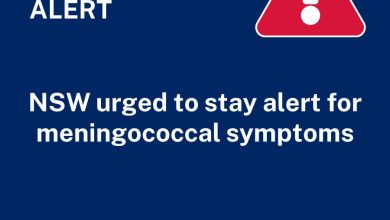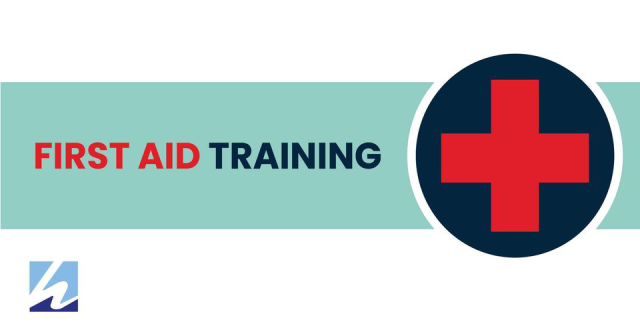Your Health is Your Wealth: Alcohol and Binge Drinking
What is the risk for alcohol intake?
Alcohol is a depressant derived from the fermentation of natural sugars in fruits, vegetables and grains. Alcohol has a complex role in Australian society. “Binge drinking” is popularly understood to mean someone going out to get drunk. Most Australians drink alcohol, generally for enjoyment, relaxation and sociability, and do so at levels that cause few adverse effects. However, a substantial proportion of people drink at levels that increase their risk of alcohol-related harm. For some, alcohol is a cause of significant ill health and hardship. In many countries, including Australia, alcohol is responsible for a considerable burden of death, disease and injury. Alcohol-related harm to health is not limited to drinkers but also affects families, bystanders and the broader community.
Risk factors
In small doses, some of the short-term effects of alcohol are reduced tension and relaxation, but these are also accompanied by reduced inhibition (your ability to stop yourself from doing something you know you shouldn’t), coordination and reaction time – all of which put you at risk. When you drink a lot and drink fast (binge drinking), the risks go up even faster. In addition to the serious danger of alcohol poisoning, the depressant effects of alcohol can overwhelm your body’s defences. Unable to move and think clearly, you can do risky and reckless things that are unsafe, or even lethal.
Each year, approximately 5,000 people under the age of 21 die as a result of underage drinking. This includes about 1,900 deaths from car accidents, 1,600 homicides, 300 suicides, and hundreds of other deaths due to accidents like falls, burns and drownings.
Health effects associated with alcoholism
Malnutrition, chronic pancreatitis, alcoholic liver disease, cancer, damage to the central nervous system and peripheral nervous system.
Alcohol and pregnancy?
Alcohol may harm baby during pregnancy. Heavy daily drinking or heavy episodes of drinking have the most risk. However there is no lower limit that can be guaranteed to be completely safe and so the safest thing is to stop drinking altogether during pregnancy and during breast feeding. If it is difficult for a mother to decrease or stop drinking alcohol speak to your health care practitioner for support and advice.
What are Alcohol intake differences between men and women?
At low levels of alcohol consumption, there is little difference between the risk of alcohol-related harm for men and women, both over a lifetime drinking occasion. However, over a lifetime, the risk of alcohol-related disease increases more quickly for women and the risk of alcohol-related injury increases more quickly for men.
Women may reach higher blood alcohol levels than men who have consumed an equivalent amount of alcohol; however, men are more likely to incur an injury because in general they are more likely to engage in risk-taking behaviour when drinking.
God bless,
Dr Ash Mina
Principal Scientist | NSW Health Pathology
Ph.D., M.Sc.(Clin Biochem), B.Sc.(Hons), Grad Dip (Biochem Nutrition), Grad Dip (Micro), MACMSR, MAIMS.
Institute of Clinical Pathology and Medical Research (ICPMR), Westmead Hospital.
Senior clinical lejjcturer, Faculty of Medicine, Sydney University.
Address: Locked Bag 9001, Westmead NSW 2145.









